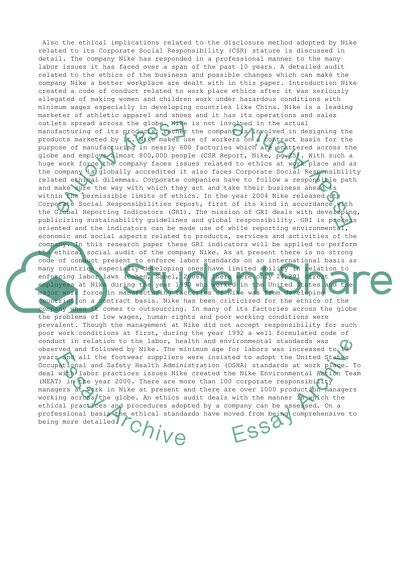Cite this document
(“Nike. Ethical Audit Report Essay Example | Topics and Well Written Essays - 2250 words”, n.d.)
Retrieved de https://studentshare.org/business/1393119-business-ethics-ethical-audit-report-case-study
Retrieved de https://studentshare.org/business/1393119-business-ethics-ethical-audit-report-case-study
(Nike. Ethical Audit Report Essay Example | Topics and Well Written Essays - 2250 Words)
https://studentshare.org/business/1393119-business-ethics-ethical-audit-report-case-study.
https://studentshare.org/business/1393119-business-ethics-ethical-audit-report-case-study.
“Nike. Ethical Audit Report Essay Example | Topics and Well Written Essays - 2250 Words”, n.d. https://studentshare.org/business/1393119-business-ethics-ethical-audit-report-case-study.


